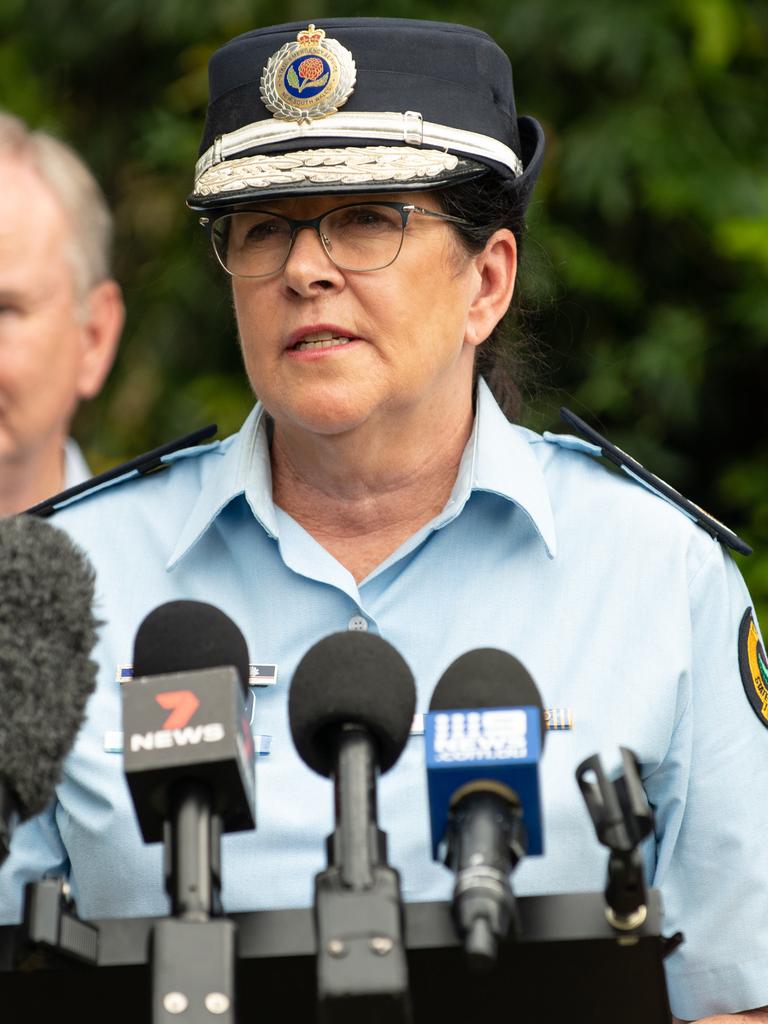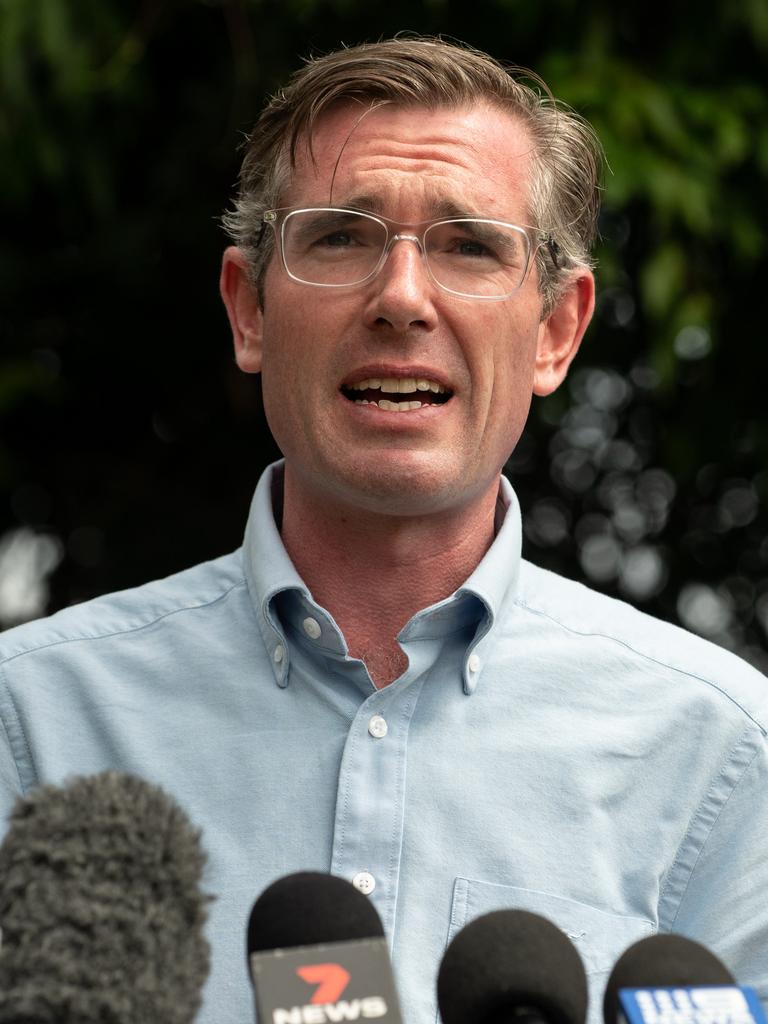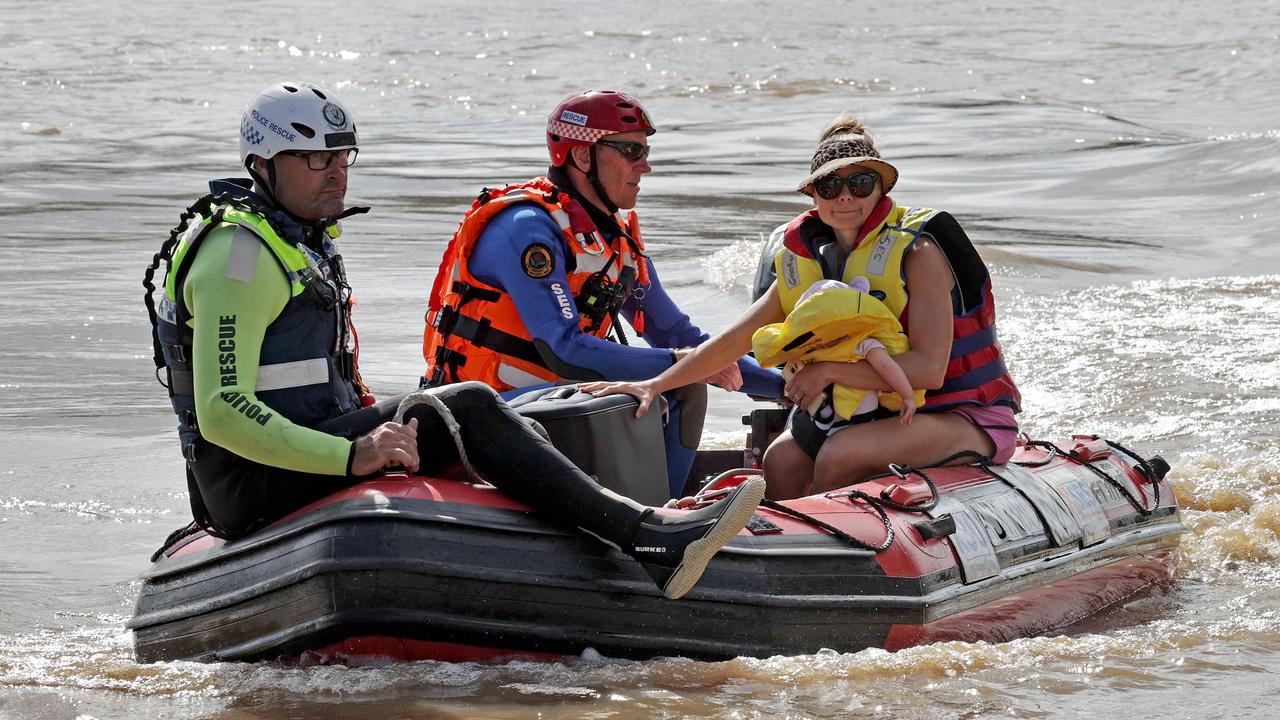NSW SES commissioner defends rejection of ADF in fatal floods
The NSW SES commissioner has defended a decision to reject offers of help from the army ahead of the state’s unprecedented flood crisis.
NSW State Emergency Service (SES) commissioner Carlene York has defended a decision to reject offers of help from the army in the lead up to the state’s unprecedented flood crisis.
A report by The Daily Telegraph on Sunday revealed that, ahead of the east coast “rain bomb”, defence officials offered NSW their help on two separate occasions, including on February 25, three days before the deadly flooding began — only to be told they were not required.
As tensions rise between the NSW and federal governments over the handling of the disaster, it was also revealed a number of private helicopter operators — contracted to be on standby for crises — were either not called in or were sent to other parts of the state, despite “record-breaking” flooding in Lismore.
Based on Bureau of Meteorology planning and advice, Ms York said the SES had carefully positioned resources around NSW in the days before the weather system hit.
When the ADF got in touch on February 25, flooding in the Northern Rivers region — which went on to be one of the worst hit — was predicted to be at “minor to moderate” levels.
In the early hours of February 28, when the floodwaters hit, it was instead “above anything we have experienced in that area”, Ms York said.
Stream more news on the floods with Flash. 25+ news channels in 1 place. New to Flash? Try 1 month free. Offer ends 31 October, 2022 >


“We were taking our advice from the Bureau of Meteorology and placing our resources where we believed they were needed,” she said of the call to send a private helicopter capable of rescues to Cooma instead of to Lismore.
When conditions deteriorated in and around Lismore, the SES commissioner said the weather became too dangerous to allow aircraft to perform rescues.
Ms York said it was “unfair” to criticise SES volunteers “putting their lives on the line every day to help the community”, adding she believed the organisation had thoroughly planned for the event.
“They are community members who have put their hand up, without payment, to risk their lives to help the community,” she said.

NSW Premier Dominic Perrottet also stood by the SES, saying he didn’t want there to be a sense in the community that there had been “failures” on its part.
“There’s no doubt that this event was not predicted,” he said.
“But ultimately, as well, from my perspective I don’t want anybody in our state to feel like they were isolated or abandoned.”
Mr Perrottet has already promised a review into the state’s emergency flood response — which he admitted had fallen short — part of which will by why it took so long for ADF troops to hit the ground in the worst-hit areas.
A report from The Sydney Morning Herald this morning revealed that the NSW State Government made three formal requests for the ADF to help in Lismore but was offered fewer than 300 on the same day the Morrison Government said it had 2000 ready to go if requested.
The State Government made its first request for assistance on February 27 — before the full extent of the disaster hit — but did not receive any confirmation from the Federal Government about troop numbers, The Herald reports.
They only became aware of the promise of 2000 personnel via a journalist, who obtained a statement from federal Emergency Services Minister Bridget McKenzie late on March 4 that said the troops were ready to go if the states requested them.
Just hours earlier, the ADF had informed Resilience NSW commissioner Shane Fitzsimmons that 280 troops could be provided to commence the clean-up in Lismore.
By March 5, the number being cited by the Federal Government had more than doubled to 5000 — but again NSW was not formally told. Two senior NSW government sources told the paper that the ADF was also blindsided.

Mr Fitzsimmons said it was “woefully inadequate” that he was made aware of additional troop numbers by the media.
“In my mind, the operational relationship with the Australian Defence Force, including the securing and integration of personnel and resources has never been better,” he said.
“But when you have details of numbers being released via the media, that detracts from that genuine relationship and undermines confidence and trust.”
The Premier has said while he would have preferred “to have as many troops on the ground as quickly as possible”, “I don’t want this to turn into NSW government at war with the Commonwealth”.
“At all levels of government, we need to learn from our experiences and look for opportunities to improve our response and protect our people,” Mr Perrottet told The Herald.
“The focus now should not be on blame but on being honest, working out what mistakes were made, owning them, learning from it and making sure they are never made again.”






